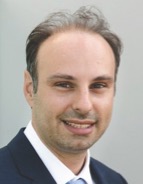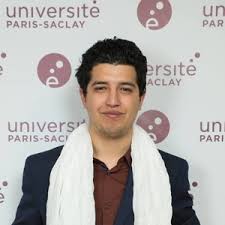
Title: Wireless Powered Communications: Overview, Recent Results, and Challenges
Date and Place: 13 / 02 / 2020 10:30 in TD-C
Speaker: Ioannis Krikidis (Univ. Cyprus)
Host: Maracas
Abstract:
Conventional energy-constrained wireless systems such as sensor networks are powered by batteries and have limited lifetime. Wireless power transfer (WPT) is a promising technology for energy sustainable networks, where terminals can harvest energy from dedicated electromagnetic radiation through appropriate electronic circuits. The integration of WPT technology into communication networks introduces a fundamental co-existence of information and energy flows; radio-frequency signals are used in order to convey information and/or energy. The efficient management of these two flows through sophisticated networking protocols, signal processing/communication techniques and network architectures, gives rise to a new communication paradigm called wireless powered communications (WPC). In this talk, we discuss the principles of WPC and we highlight its main network architectures as well as the fundamental trade-off between information and energy transfer. Several examples, which deal with the integration of WPC in modern communication systems, are presented.
Biography:
Dr. Ioannis Krikidis received the diploma in Computer Engineering from the Computer Engineering and Informatics Department (CEID) of the University of Patras, Greece, in 2000, and the M.Sc and Ph.D degrees from Ecole Nationale Superieure des Telecommunications (ENST), Paris, France, in 2001 and 2005, respectively, all in electrical engineering. From 2006 to 2007 he worked, as a Post-Doctoral researcher, with ENST, Paris, France, and from 2007 to 2010 he was a Research Fellow in the School of Engineering and Electronics at the University of Edinburgh, Edinburgh, UK. He is currently an Associate Professor at the Department of Electrical and Computer Engineering, University of Cyprus, Nicosia, Cyprus. His current research interests include wireless communications, cooperative networks, 4G/5G communication systems, wireless powered communications, and secrecy communications. I. Krikidis is an IEEE Fellow (class 2019) and he has received the prestigious ERC consolidator grant.


